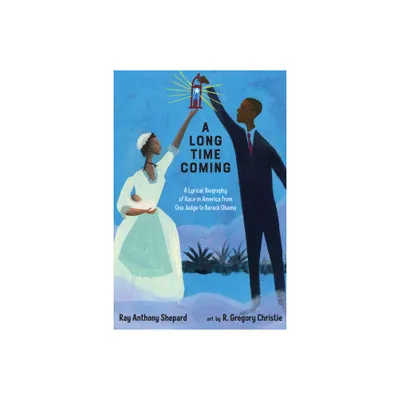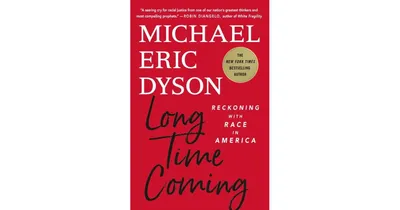Home
Long Time Coming: Racial Inequality The Nonmetropolitan South, 1940-1990
Loading Inventory...
Barnes and Noble
Long Time Coming: Racial Inequality The Nonmetropolitan South, 1940-1990
Current price: $170.00


Barnes and Noble
Long Time Coming: Racial Inequality The Nonmetropolitan South, 1940-1990
Current price: $170.00
Loading Inventory...
Size: Hardcover
*Product Information may vary - to confirm product availability, pricing, and additional information please contact Barnes and Noble
The authors investigate trends in racial inequality in occupational attainment in rural areas of the South since 1940. Drawing on data from the six censuses spanning the last five decades, they examine how inequality varies across local areas and how it has changed over time in different local areas. While modest reductions in inequality have been observed in recent decades, the authors document that racial inequality in rural areas of the South persists at very high levels to the present day.Guided by structural-demographic theory, the authors investigate the connections between inequality and important changes taking place in the economic and social structures of rural communities of the South. They conclude that inequality is linked, sometimes in unexpected ways, with economic growth, urbanization and the decline of agricultural employment, the movement of women into the labor force, increasing minority educational attainment, and changes in racial demography. The authors investigate trends in racial inequality in occupational attainment in rural areas of the South since 1940. Drawing on data from the six censuses spanning the last five decades, they examine how inequality varies across local areas and how it has changed over time in different local areas. While modest reductions in inequality have been observed in recent decades, the authors document that racial inequality in rural areas of the South persists at very high levels to the present day.Guided by structural-demographic theory, the authors investigate the connections between inequality and important changes taking place in the economic and social structures of rural communities of the South. They conclude that inequality is linked, sometimes in unexpected ways, with economic growth, urbanization and the decline of agricultural employment, the movement of women into the labor force, increasing minority educational attainment, and changes in racial demography.


















